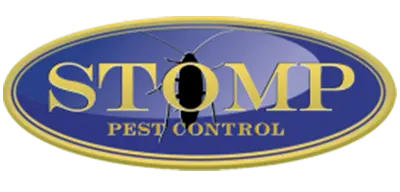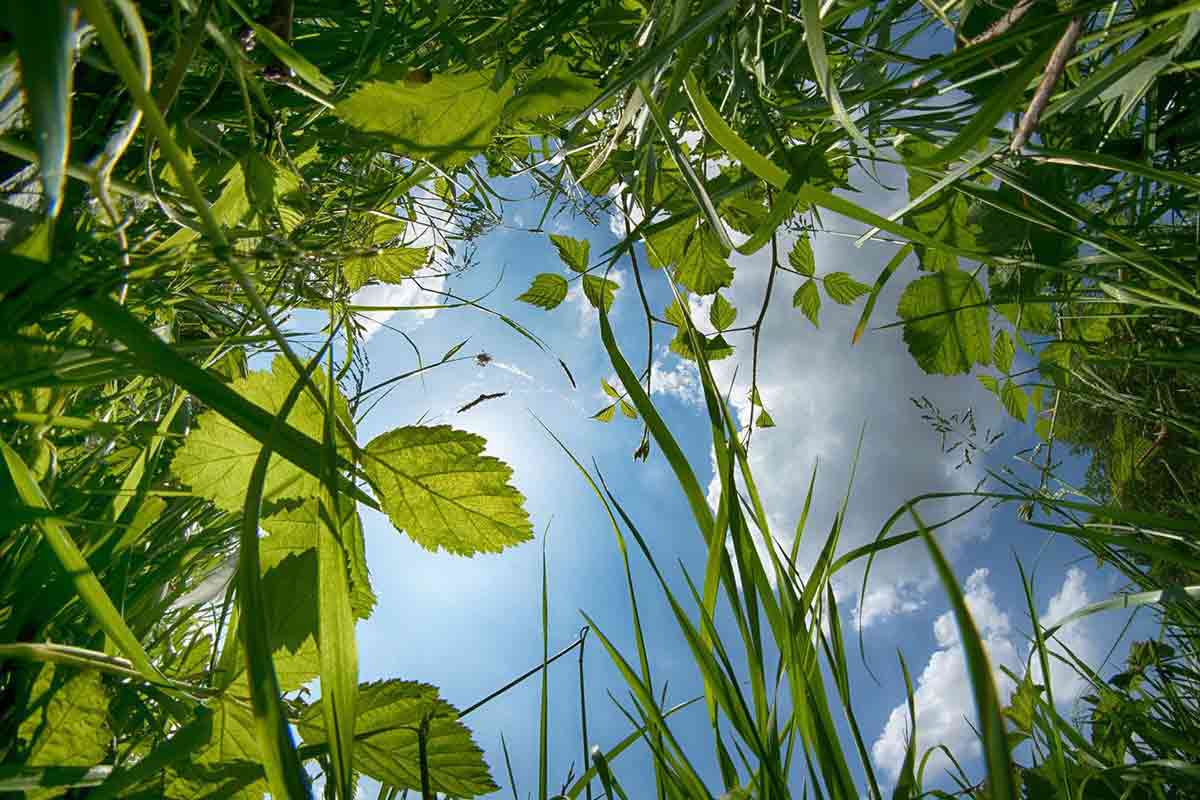If you thought all bee nests were the same, think again! While they may look the same at first glance, there are many different types of bees buzzing around North Carolina.
If you’ve noticed a lot of bees in your yard, you want to know exactly what you’re dealing with so that you can take the proper precautions. At Stomp Pest Control, we know a lot about bees which is why we’ve compiled information about 10 of the most common types of bee nests you’ll find in North Carolina, and how we can protect your home, children, and pets from these stinging insects.
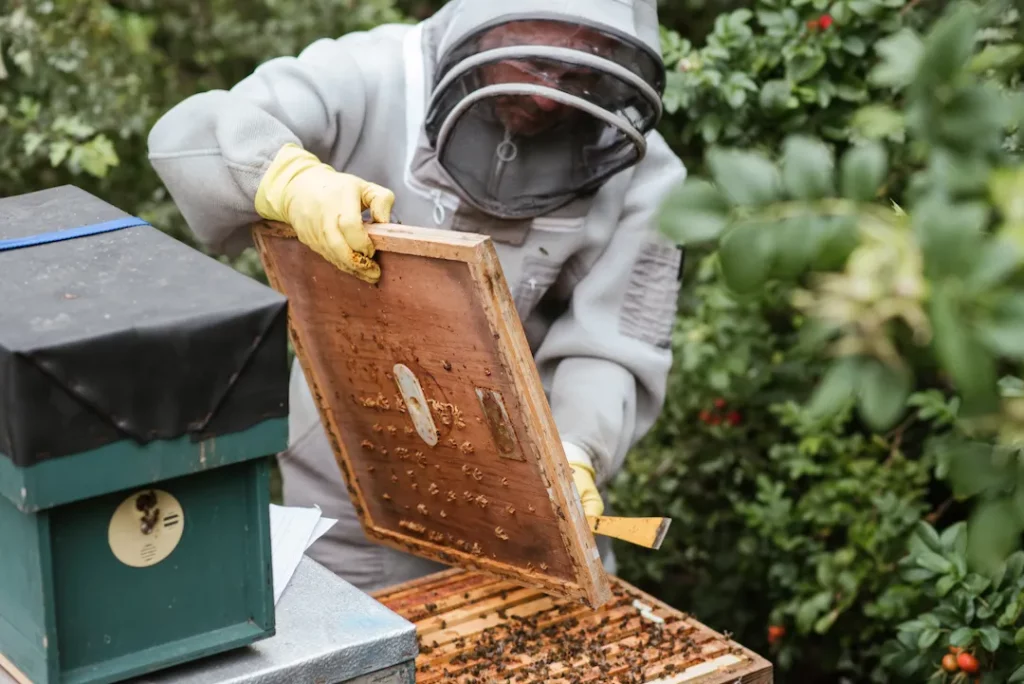
Common Bee Nests Found in North Carolina
- Bumblebees (Bombus)
Chances are if you’ve seen a bee in North Carolina, it’s a bumblebee as they are the most recognizable bees in the state. They are large and round with fuzzy hair and black and yellow stripes.
Bumblebees don’t produce honey. Rather, they are essential pollinators for fruits and vegetables. They feed on the nectar of flowering plants and collect pollen to feed their babies. They generally don’t sting unless they feel that their nest is in danger.
- European Honey Bees (Apis Mellifera)
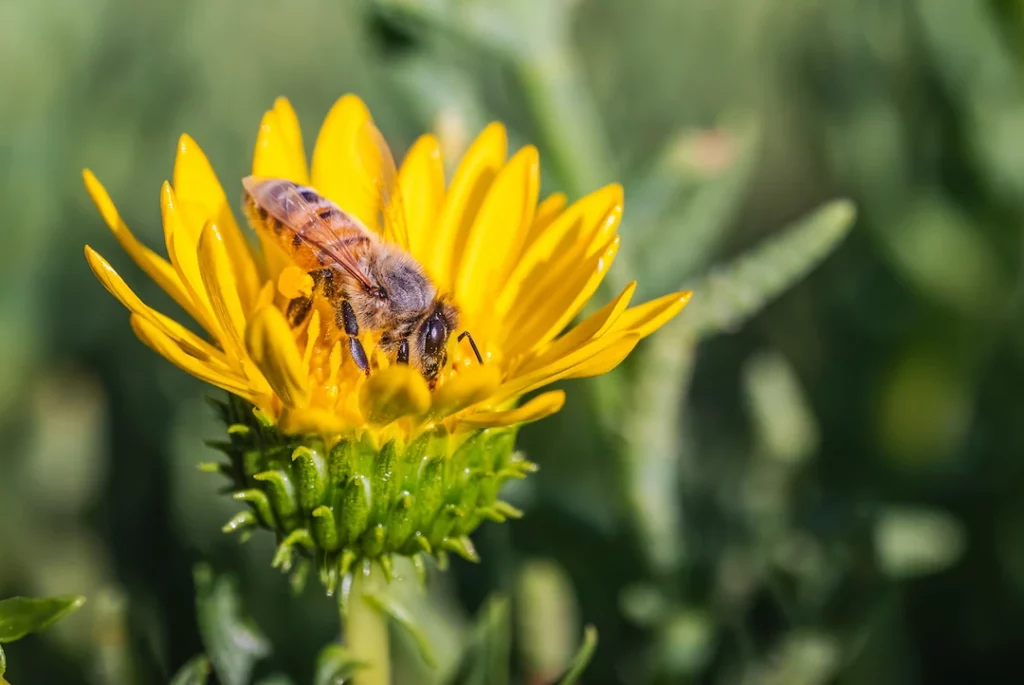
European Honey Bees are generally amber or brown and have streamlined bodies with hair on their midsection. Tens of thousands of honey bees can form just one hive. Each hive has different kinds of bees that are responsible for different tasks such as the queen and drone.
Honey bees are abundant in areas where flowers are abundant, such as in woodlands and meadows.
- Large Carpenter Bees (Xylocopa)
Large carpenter bees are about the size of bumblebees. They are shiny and black with some yellow coloring on the thorax. When it comes to their bee nests, they tend to nest in larger, harder wood like telephone polls and decks. Sometimes carpenter bees get confused with bumblebees. But, they are shinier and don’t have the hair that makes Bumblebees look furry.
- Long-horned Bees (Eucerini)
These bees are known for their fuzzy bodies and legs that are covered in downy hair. The antennae on the males are elongated, which is where they get their name from.
The bee nests of the Long-horned bees are branched. They tend to nest in holes that female bees make under shrubs. Long-horned bees are typically found in wildflower prairies or sunflowers. Sometimes they will also be found on melons and squash.
- Sweat Bees (Halictidae)
Sweat bees are small with a compact thorax and larger abdomen. They are mainly gray or black with a metallic sheen. Some are red, green, or have yellow stripes.
These bees are attracted to perspiration, thus their name! So, you may notice many of them if you’re working outside in the hot North Carolina sun. Sweat bees like sweat because they need the extra salt to stay alive. While these bees do sting, the pain is relatively mild compared to other types of bees.
- Digger Bees (Anthophorini)
Digger bees are gray-brown and black and have hair all over their abdomens and legs. They are large and very fuzzy. Digger bees make their bee nests by digging into the soil, thus their name. They nest in the ground in their hole and are considered to be loners as far as bees go. But, their nests are often near other nests, just not with other bees in the same nest.
- Polyester Bees (Colletidae)
Polyester Bees are gray or tan with black and white stripes on their abdomens. Their head and thorax are also fuzzy. Their bee nests are in the ground and usually by themselves. Polyester bees are usually most active during twilight hours.
These types of bees are special pollinators so they only visit one type of flower for feeding and pollination.
- Cuckoo Bees (Nomadinae)
Some cuckoo bees are black and white striped only, while others are black with red bands. Their coloring can vary greatly, so they can sometimes be difficult to recognize. Cuckoo bees are known to be the most wasp-like of all the bees in North Carolina.
These types of bees lay one egg in the nest of other bees. Once the egg hatches, the parasitic bee kills the other larva and eats the pollen that was stored. Because of this behavior, they don’t build nests or collect pollen.
- Leaf Cutter Bees (Megachilidae)
Leaf Cutter Bees are one of the largest groups of bees in North Carolina with an estimated 1,500 species. They are large, hairy bees with black and white stripes on their abdomens. Their bellies can be yellow from the pollen they carry. Their eyes are so large that they look fly-like when compared to other bees.
These bees take tiny circles of leaves and use them to line their nest cells. This is thought to prevent any pollen from becoming dry before their young get a chance to hatch.
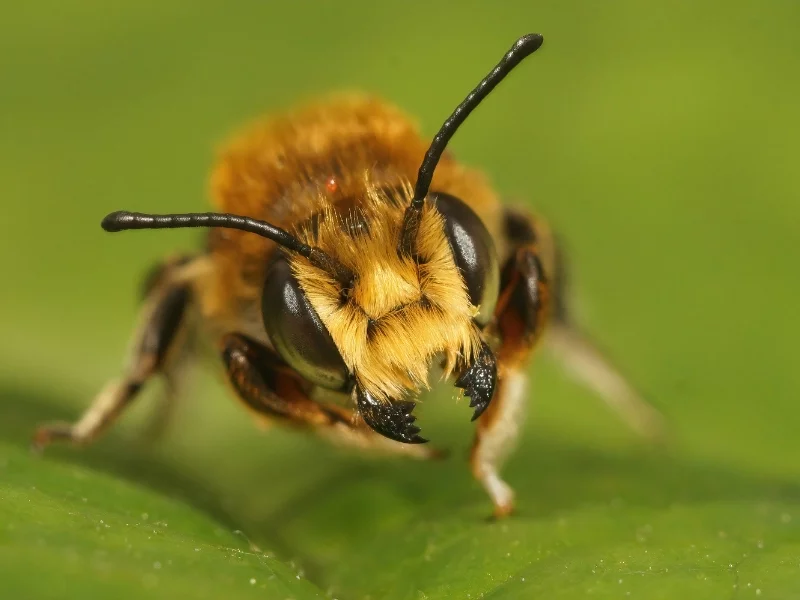
- Carder Bees (Anthidium)
Carder Bees resemble yellow jackets in that they are medium-sized with yellow and black stripes. They have very little hair. They are very aggressive and territorial and don’t have a problem stinging intruders.
They are called Carder Bees because they can buzz from leaves and make their homes with them. They like to nest in dry wood like dead logs and decking. If you notice puffy fiber balls sticking out of a hole, chances are you have a Carder Bee nest.
Let Stomp Pest Control Treat Your Bee Infestation
If you notice any of these types of bee nests around your home or any other type of pests, call Stomp Pest Control. Our experts are here to diagnose the issue and come up with the best treatment plan.
We provide pest control service to much of the Greater Triangle and Central North Carolina area. Call us today at (919) 231-3292 or fill out the form below to learn more about how our services can help control and get rid of pests around your home.
Contact Form
We would love to hear from you! Please fill out this form and we will get back to you shortly.
